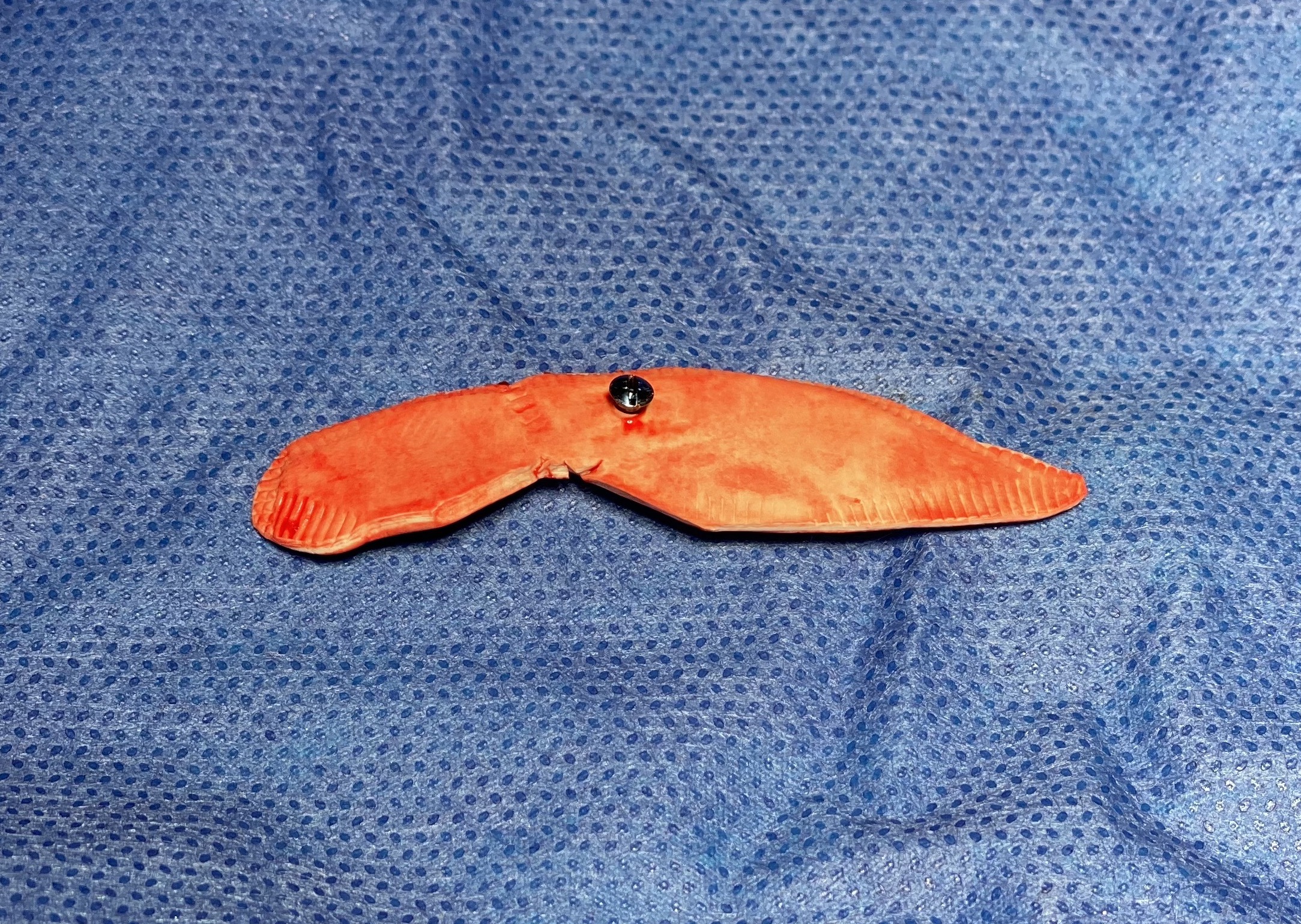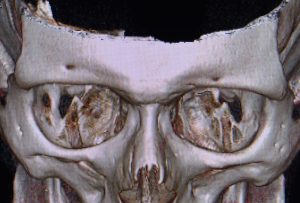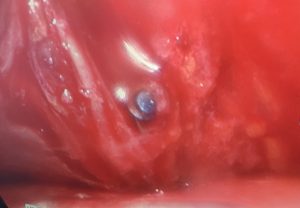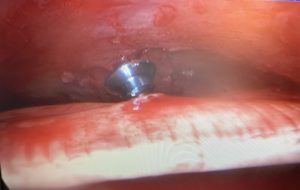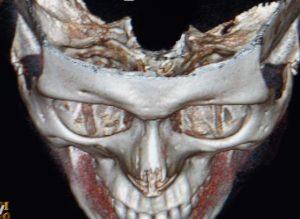
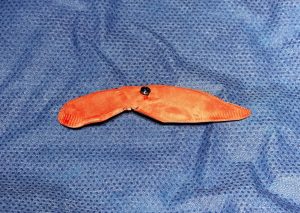
There are two approaches to placing a limited in size brow bone implant, superiorly using an endoscopic approach and inferiorly through the upper eyelid. (transpalpebral) If the implant only covers lateral to the supraorbital nerve then the upper eyelid approach can accomplish good placement in a more direct manner. Bur if the implant must cross over the supraorbital nerve and go medial to it then the endoscopic approach will allow more assured positioning with nerve protection and the ability to still use screw fixation.
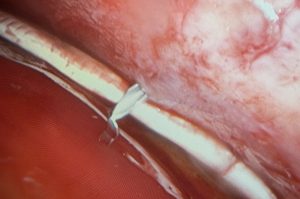
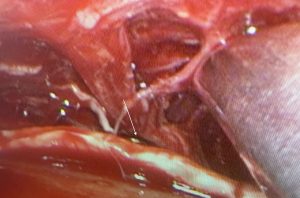
The challenge in any brow bone implant is placing it with minimal scarring and ensuring that it stays in place. Endoscopic visualization with percutaneous screw fixation can effectively achieve these brow bone implant goals.
Dr. Barry Eppley
Indianapolis, Indiana

